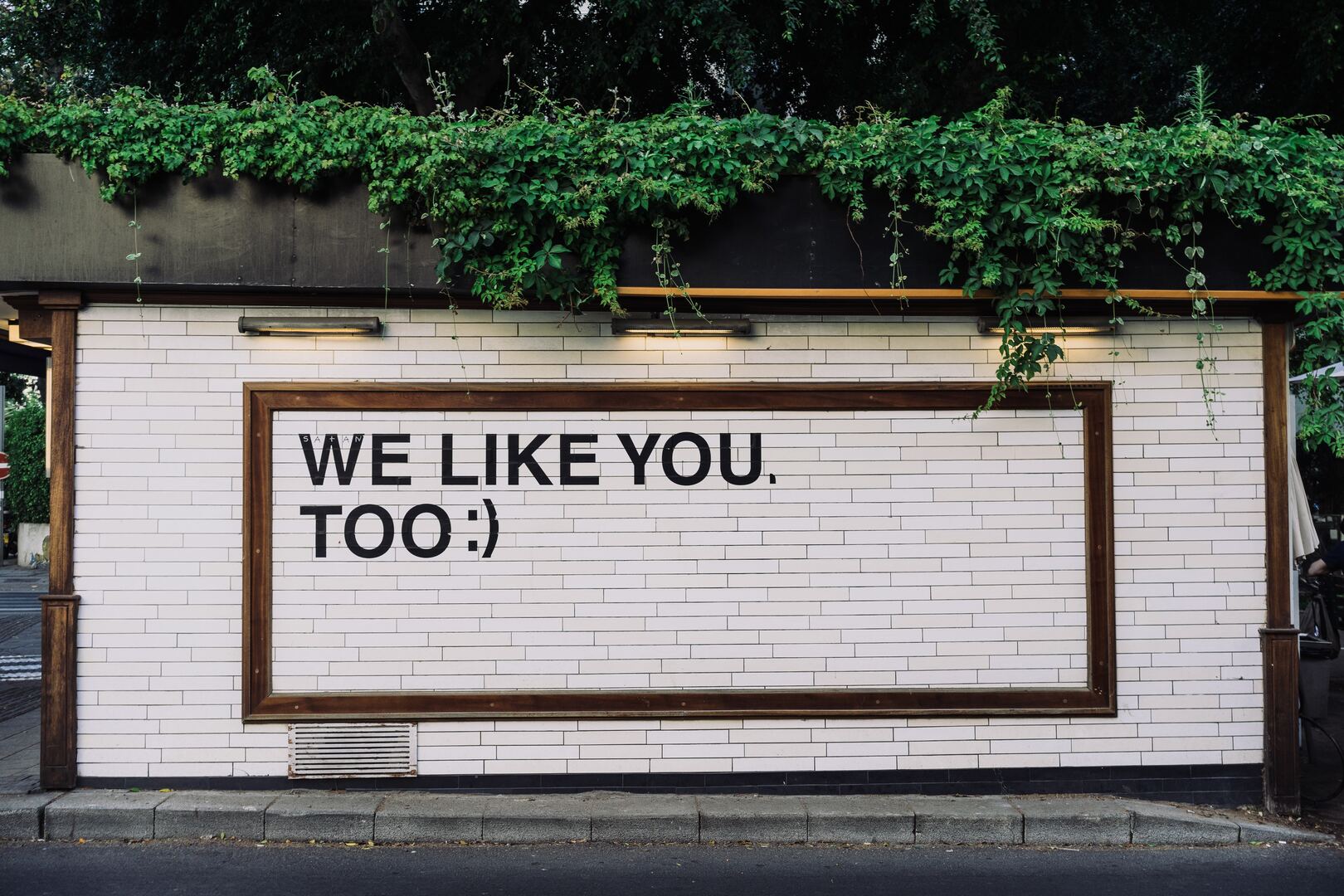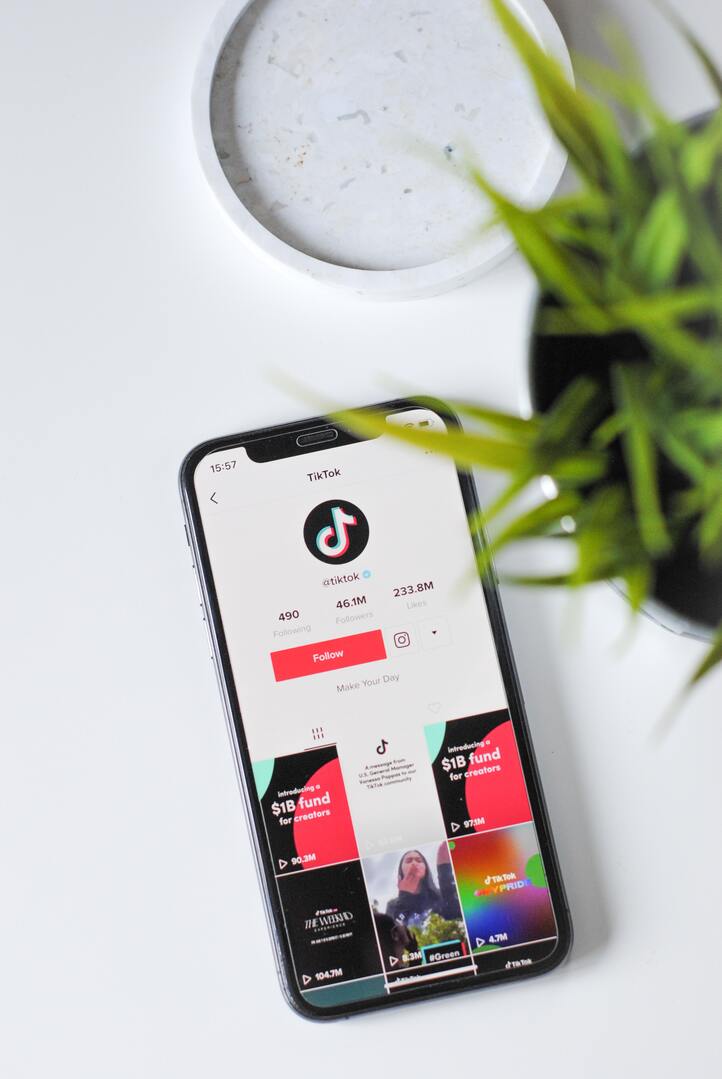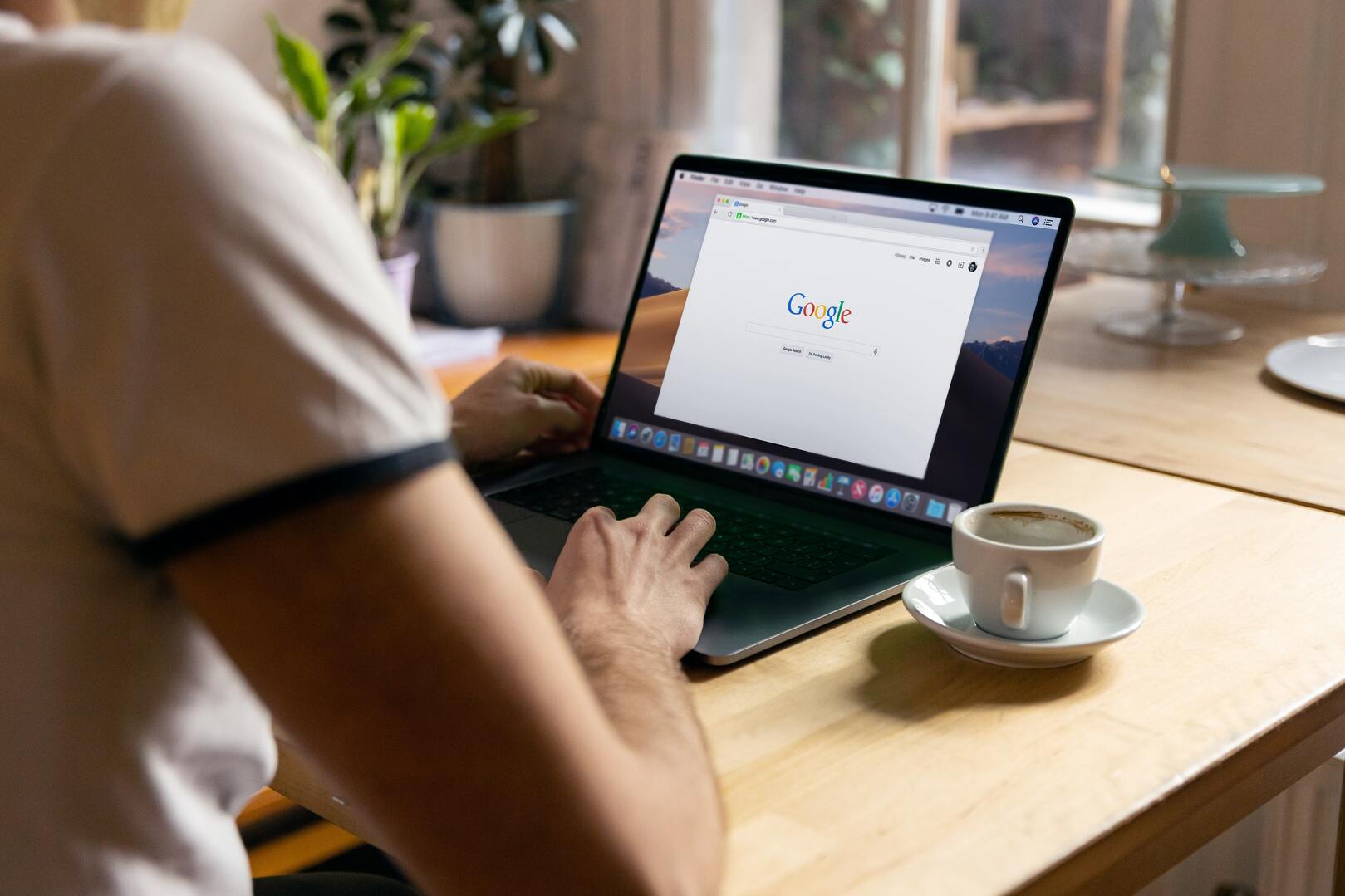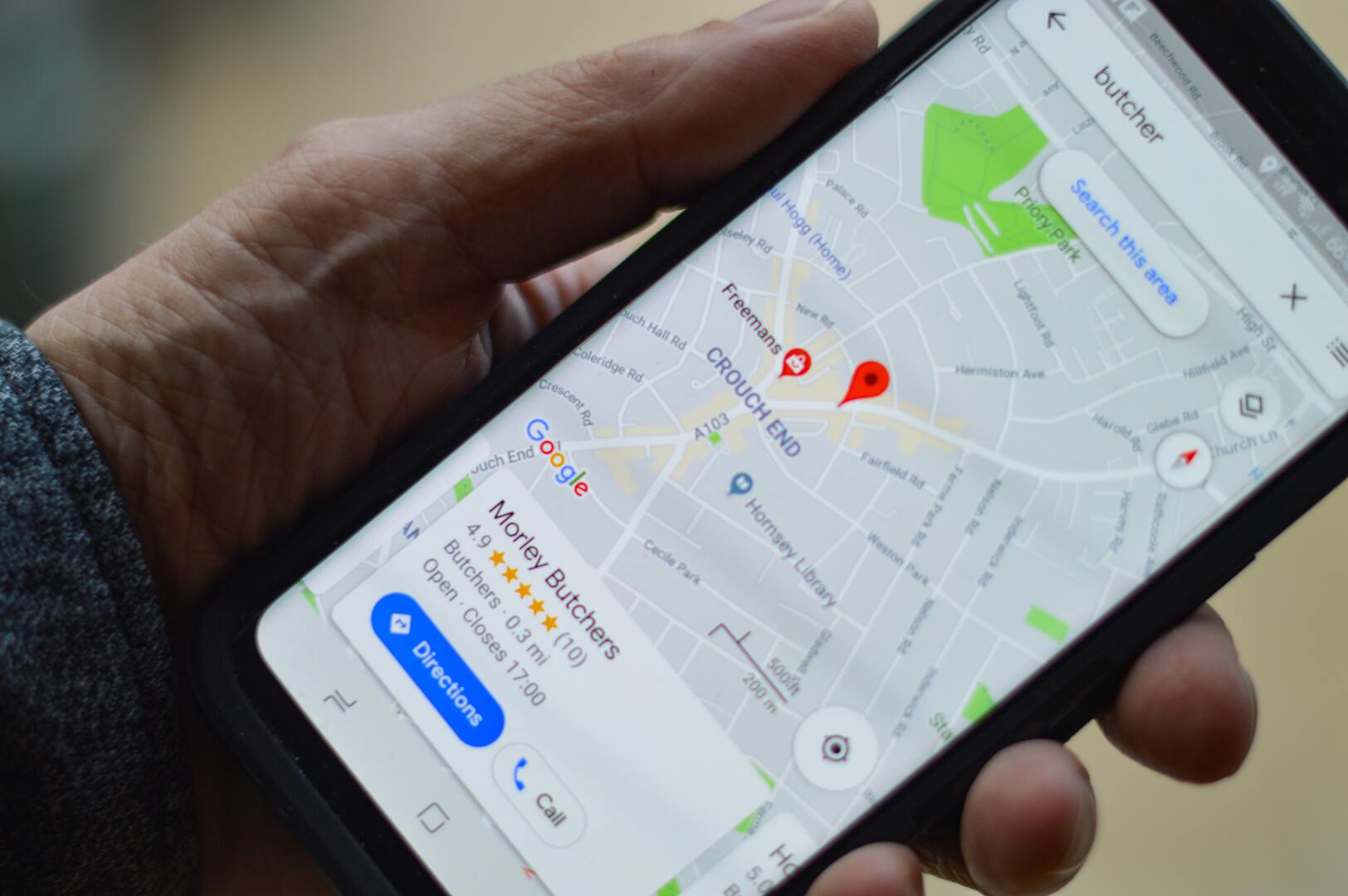
In today's digital landscape, websites play a crucial role in online visibility, credibility, marketing, and customer convenience. As a client embarking on a website development project, it's essential to understand your role and the key aspects of the development process. This article aims to demystify website development, providing you with the knowledge you need to navigate the process and achieve a successful outcome.
Importance of websites in today's digital landscape
Online visibility: With millions of people using the internet daily, having a website ensures that your business or personal brand is discoverable by potential customers or clients.
Credibility and trust: A professionally designed website can build trust and credibility among your target audience, as it showcases your expertise, values, and achievements.
Marketing and lead generation: Websites serve as powerful marketing tools, enabling you to reach and engage with a wider audience. Through various online marketing techniques, you can drive traffic to your website and convert visitors into leads.
Customer convenience: Websites provide convenience to your customers by allowing them to access information, make purchases, or contact you at any time, from anywhere.
Your Role as The Client in Website Development
Defining objectives: As a client, it is crucial to clearly define your objectives and goals for the website. This includes identifying the purpose of the website, the target audience, and the desired outcomes you want to achieve.
Providing content and assets: Clients are responsible for providing the necessary content, such as text, images, videos, and branding assets, to be included on the website. This ensures that the website accurately represents the client's brand and aligns with their messaging.
Collaboration and feedback: Effective communication and collaboration with the web development team are vital throughout the process. Clients should actively participate in meetings, provide feedback on design concepts, and review the progress to ensure the website aligns with their vision.
Testing and feedback: Clients play a crucial role in testing the website's functionality, usability, and compatibility across different devices and browsers. Providing comprehensive feedback during the testing phase helps in identifying any issues or improvements required before the final launch.
Overview of the website development life cycle
The website development process follows a systematic approach known as the website development life cycle. It consists of several phases that guide the creation and implementation of a website. Here's a brief overview of the typical website development life cycle:
1. Planning
This initial phase involves gathering requirements, defining goals, and creating a project plan. It includes activities like conducting market research, identifying target audience, and outlining the website's structure and functionalities.
2. Design
In this phase, the visual and interactive elements of the website are developed. It includes creating wireframes, mockups, and prototypes to visualise the layout, navigation, and user experience. Design elements such as colours, typography, and imagery are also considered.
3. Development
This is the phase where the website's technical aspects come into play. Web developers write code, integrate functionalities, and create interactive elements. They work with programming languages like HTML, CSS, JavaScript, and backend technologies to build the website's foundation.
4. Content Creation
Content plays a crucial role in engaging and informing website visitors. During this phase, content writers create and optimise the website's textual content, while graphic designers and multimedia specialists work on creating visuals, videos, and other media elements.
5. Testing and Quality Assurance
Once the website is developed, it goes through rigorous testing to identify and fix any bugs, errors, or compatibility issues. Testing includes checking functionalities, responsiveness, browser compatibility, performance, and security.
6. Deployment and Launch
After successful testing and client approval, the website is deployed to the live environment. This involves transferring the website's files to a web server and configuring domain and hosting settings. It ensures that the website is accessible to the public.
7. Maintenance and Updates
Once the website is launched, it requires ongoing maintenance and updates. This includes monitoring performance, fixing bugs, adding new features, and keeping the website's content up to date.
Defining Your Website Goals and Requirements
Identify the purpose and target audience of the website
Before diving into website development, it's crucial to clearly identify the purpose and target audience of your website. Ask yourself:
- What is the primary goal of the website? Is it to generate leads, sell products, provide information, or showcase a portfolio?
- Who is your target audience? What are their demographics, interests, and needs? Understanding your audience will help you tailor the website's design, content, and functionality to meet their expectations.
Determine the desired features and functionalities
Once you have a clear understanding of your website's purpose and target audience, it's time to determine the desired features and functionalities. Consider the following:
- Essential pages - Identify the core pages your website should have, such as a homepage, about us, products/services, contact, and any specific pages relevant to your industry or niche.
- Interactive elements - Determine if you need features like contact forms, live chat support, e-commerce capabilities, social media integration, or multimedia elements such as videos or image galleries.
- Content management - Decide if you want to be able to update and manage your website's content yourself. In that case, consider using a content management system (CMS) like WordPress, Joomla, or Drupal.
- SEO considerations - If search engine visibility is important, think about incorporating SEO-friendly elements like optimised URLs, meta tags, and the ability to easily edit page titles and descriptions.
Set realistic timelines and budgets
To ensure a smooth website development process, it's essential to set realistic timelines and budgets. Consider the following:
- Timelines - valuate how long each phase of the development process might take, considering factors such as design, development, content creation, and testing. Be mindful of potential dependencies and allow for buffer time to accommodate unexpected delays.
- Budget - determine your budget for website development, including costs for design, development, content creation, hosting, domain registration, and ongoing maintenance. Research the market rates and discuss the budget with potential web development partners to ensure alignment.
- Prioritisation - if you have a limited budget or tight timeline, prioritise the features and functionalities that are essential for your website's initial launch. You can always add more features and improvements later as your website evolves.
Choose the Right Web Development Partner
Choosing the right web development partner is crucial for the success of your website project. Here are some key steps to consider:
Research and evaluate web development agencies or freelancers
- Conduct thorough research: Start by researching web development agencies or freelancers online. Look for companies or individuals with a strong reputation and a track record of delivering quality websites.
- Seek recommendations: Reach out to colleagues, friends, or other business owners who have recently worked with web developers. Their recommendations can provide valuable insights and help you narrow down your options.
- Consider specialisation: Evaluate if the web development partner specialises in the type of website you need. Some developers might have expertise in e-commerce, while others might focus on corporate websites or specific industries.
Assess their expertise, portfolio, and client testimonials
- Expertise and experience: Review the expertise and experience of potential web development partners. Consider factors such as the number of years in the industry, technical skills, and their understanding of modern web development practices and technologies.
- Portfolio: Examine their portfolio to get an idea of their design aesthetics, user experience (UX), and technical capabilities. Look for examples of websites that align with your vision and objectives.
- Client testimonials and reviews: Check for client testimonials or reviews on their website, social media platforms, or third-party review websites. Feedback from previous clients can provide insights into the web developer's professionalism, communication, and project management skills.
Consider factors like communication, project management, and support
- Communication: Effective communication is essential for a successful collaboration. Evaluate how responsive and proactive the web development partner is during the initial communication phase. Clear and timely communication is crucial to ensure your requirements are understood and implemented correctly.
- Project management approach: Inquire about their project management approach. Do they use project management tools, conduct regular meetings, or provide progress reports? A structured project management approach ensures transparency, accountability, and a smooth development process.
- Support and maintenance: Inquire about post-launch support and maintenance options. Websites require regular updates, bug fixes, and security patches. Ensure that the web development partner offers ongoing support and maintenance services to keep your website secure and up to date.
Collaborate with Your Web Development Team

Collaboration between you and your web development team is essential for a successful website project. Here are key aspects to consider for effective collaboration:
Establish effective communication channels
Regular communication - maintain open and regular communication with your web development team throughout the project. Set up communication channels such as email, phone calls, video conferencing, or project management tools to ensure timely and effective communication.
Clarify expectations - Clearly communicate your goals, requirements, and expectations to the development team. Provide comprehensive briefs and documentation to ensure everyone is on the same page.
Participate in the planning and design phase
Active involvement - participate actively in the planning and design phase of the project. Collaborate with the team to define the website's structure, features, and design elements. Share your insights, ideas, and preferences to help shape the website according to your vision.
User feedback and usability testing - provide user feedback and participate in usability testing sessions. Your perspective as a client and end-user is valuable in refining the user experience and identifying any usability issues.
Provide timely feedback and approvals
Timely response - respond to queries, requests for feedback, and design proposals in a timely manner. Delayed responses can cause project delays and hinder the development team's progress.
Clear and constructive feedback - provide clear and constructive feedback on design concepts, content, and functionality. This helps the development team understand your preferences and make necessary adjustments.
Prompt approvals - Review and approve deliverables promptly to maintain project momentum. Delays in approvals can impact the project timeline and lead to unnecessary rework.
Testing and quality assurance (QA) process
Active involvement in testing - participate in the testing phase to identify and report any issues or bugs. Provide thorough feedback on functionalities, responsiveness, and compatibility across different devices and browsers.
User acceptance testing (UAT) - conduct UAT to ensure that the website meets your expectations and requirements. Test various scenarios, user journeys, and functionalities to validate the website's performance.
Collaboration on bug fixing - collaborate with the development team in resolving identified issues and bugs. Clearly communicate the problems you encounter, and work together to find appropriate solutions.
4 Tips for a Smooth Website Development Experience
To ensure a smooth website development experience as a client, here are some valuable tips to keep in mind:
- Clearly communicate your requirements and expectations
Provide a comprehensive project brief that clearly outlines your goals, target audience, desired features, and design preferences. Make sure to clearly communicate your expectations regarding timelines, budget, and deliverables. Be realistic about what can be achieved within the given constraints, and maintain open communication if any adjustments are needed. - Regularly review and provide feedback during the development process Establish regular checkpoints throughout the development process to review progress and provide feedback. Provide timely and constructive feedback on design concepts, functionality, and content. Clearly articulate what works well and what may need improvement, while also considering the technical expertise and creative insights of the development team.
- Collaborate and maintain a good working relationship with the development teamMaintain open and respectful communication with the development team. Encourage regular updates, ask questions, and seek clarification when needed. View the development team as partners in the process. Collaborate on decisions, brainstorm ideas, and leverage their expertise to ensure the best possible outcome for your website. Clear communication builds trust and helps avoid misunderstandings.
- Stay involved and informed throughout the projectStay engaged and involved throughout the website development process. Attend meetings, provide prompt feedback, and actively participate in discussions to ensure your vision is accurately translated into the final product. Request regular updates from the development team to stay informed about the progress of the project. This helps you stay in the loop and address any concerns or questions that arise.
Website development can be a complex process, but by understanding your role as a client and the key elements involved, you can navigate it with confidence. Clear communication, active collaboration, and staying involved throughout the project are crucial for a successful outcome. Remember to define your goals, provide timely feedback, and maintain a good working relationship with your development team. By following these tips, you'll be well-equipped to embark on a smooth and successful website development journey.
Get in touch with us at Activate to get your new website underway!









 Marketing strategies are crucial for any business to thrive in today's highly competitive landscape. Traditional marketing methods are no longer sufficient in setting your business apart from its competitors. That's where alternative marketing strategies come in. These unique and creative approaches to marketing have become increasingly popular in recent years. This blog will explore five alternative marketing strategies that can boost your business.
Marketing strategies are crucial for any business to thrive in today's highly competitive landscape. Traditional marketing methods are no longer sufficient in setting your business apart from its competitors. That's where alternative marketing strategies come in. These unique and creative approaches to marketing have become increasingly popular in recent years. This blog will explore five alternative marketing strategies that can boost your business.
-modified.jpg)
-modified.jpg)


 In today's world, where most businesses have an online presence, customer reviews have become an essential part of building trust and credibility.
In today's world, where most businesses have an online presence, customer reviews have become an essential part of building trust and credibility. 
-modified.jpg)
-modified.jpg)
-modified.jpg)